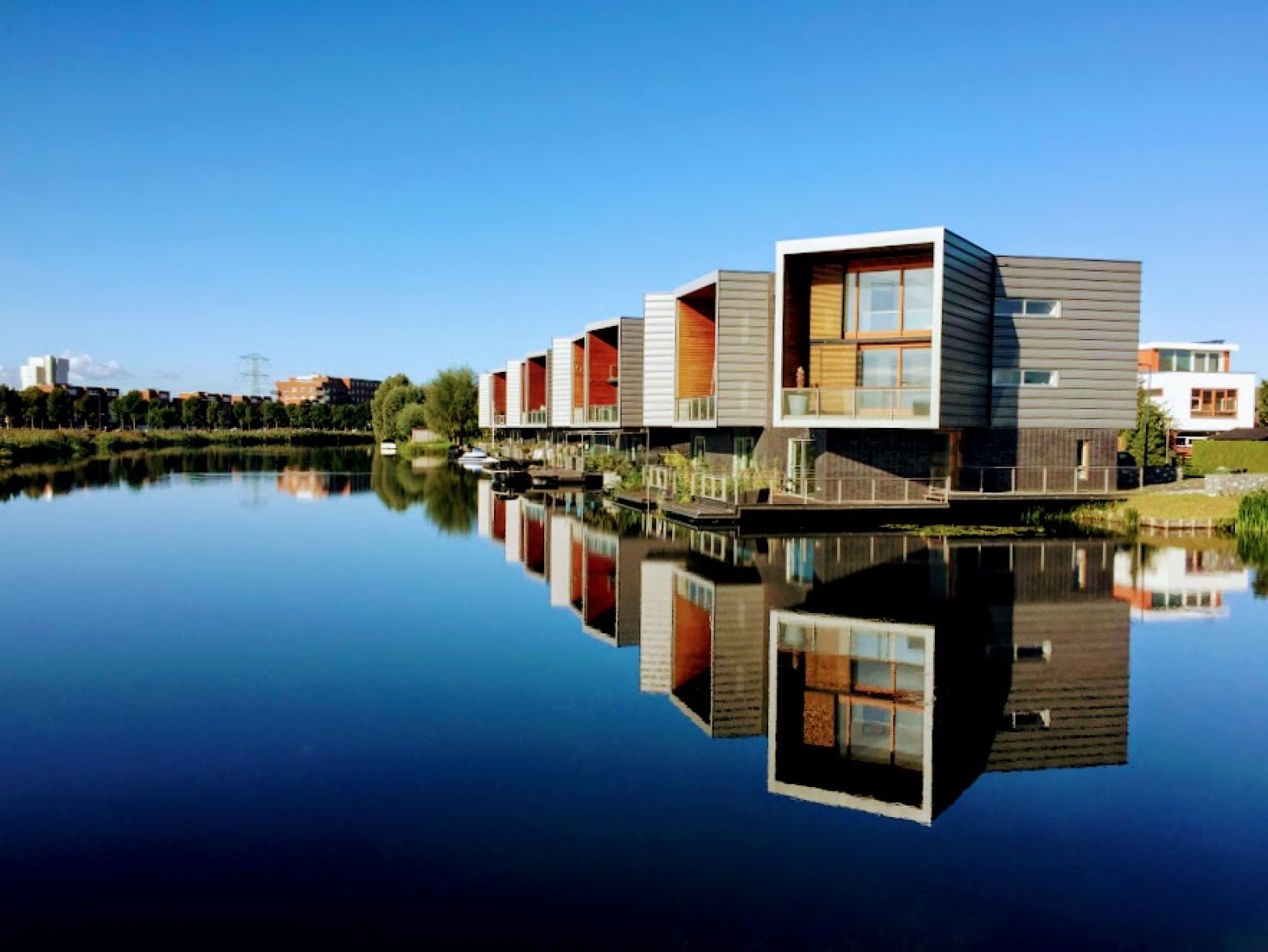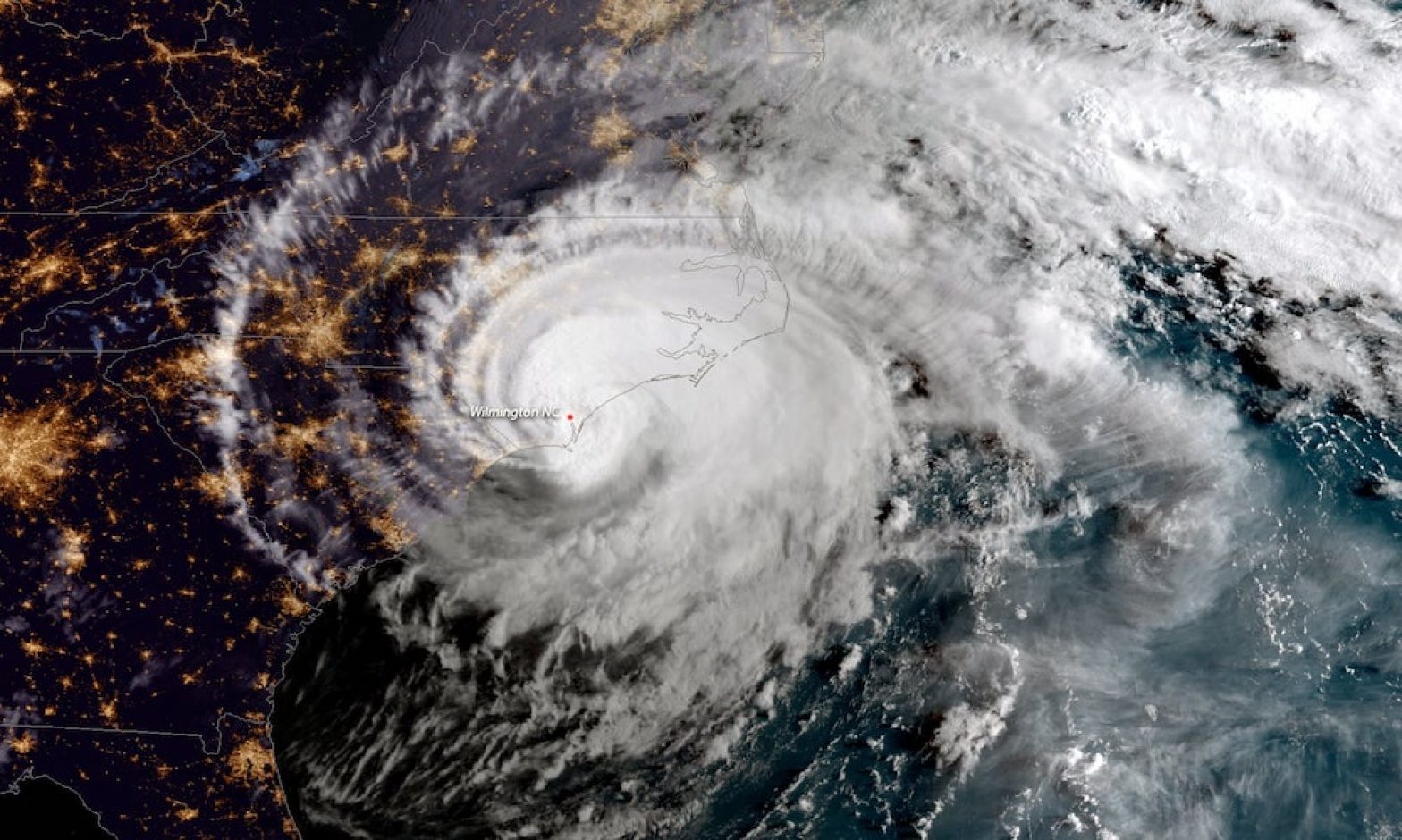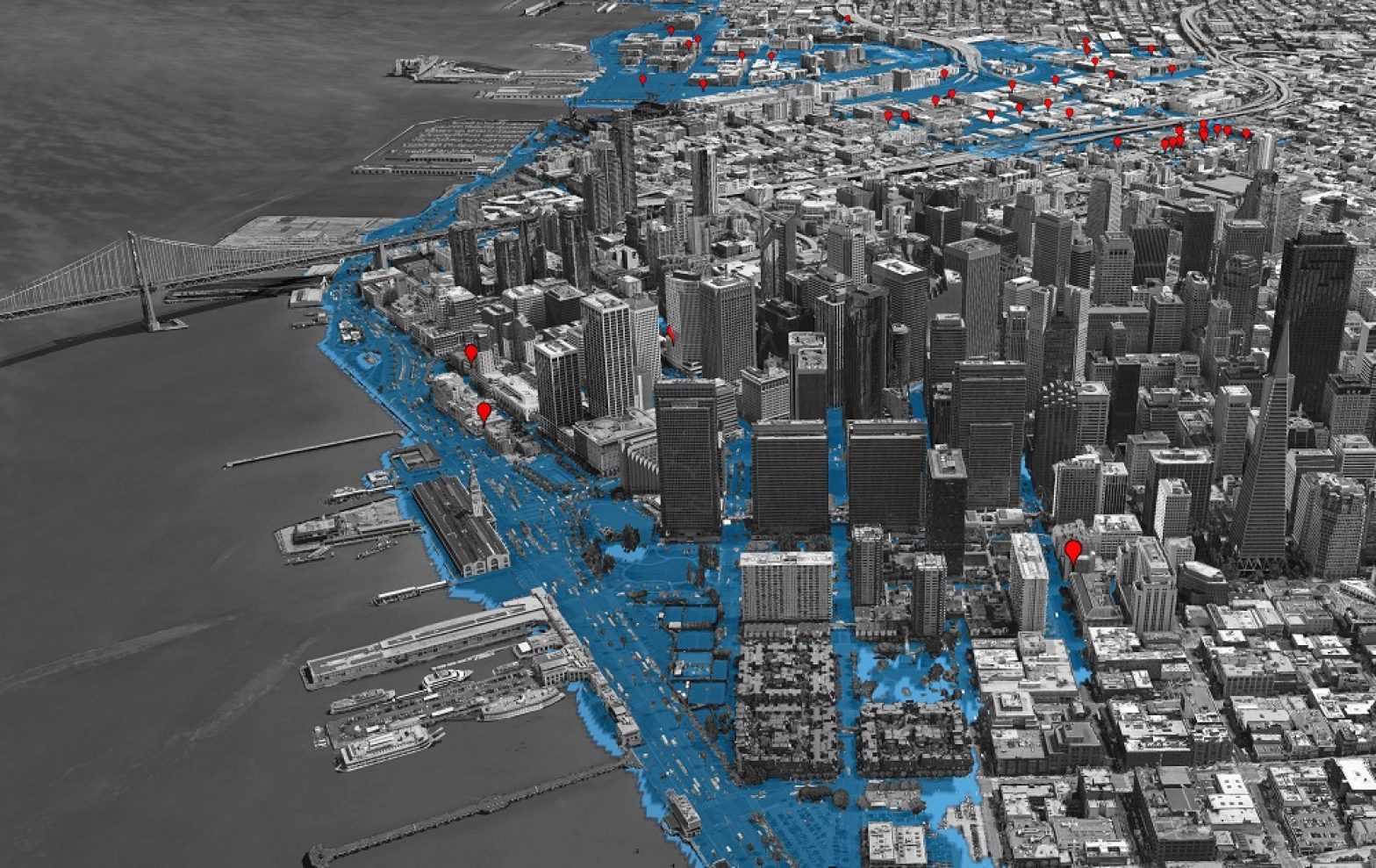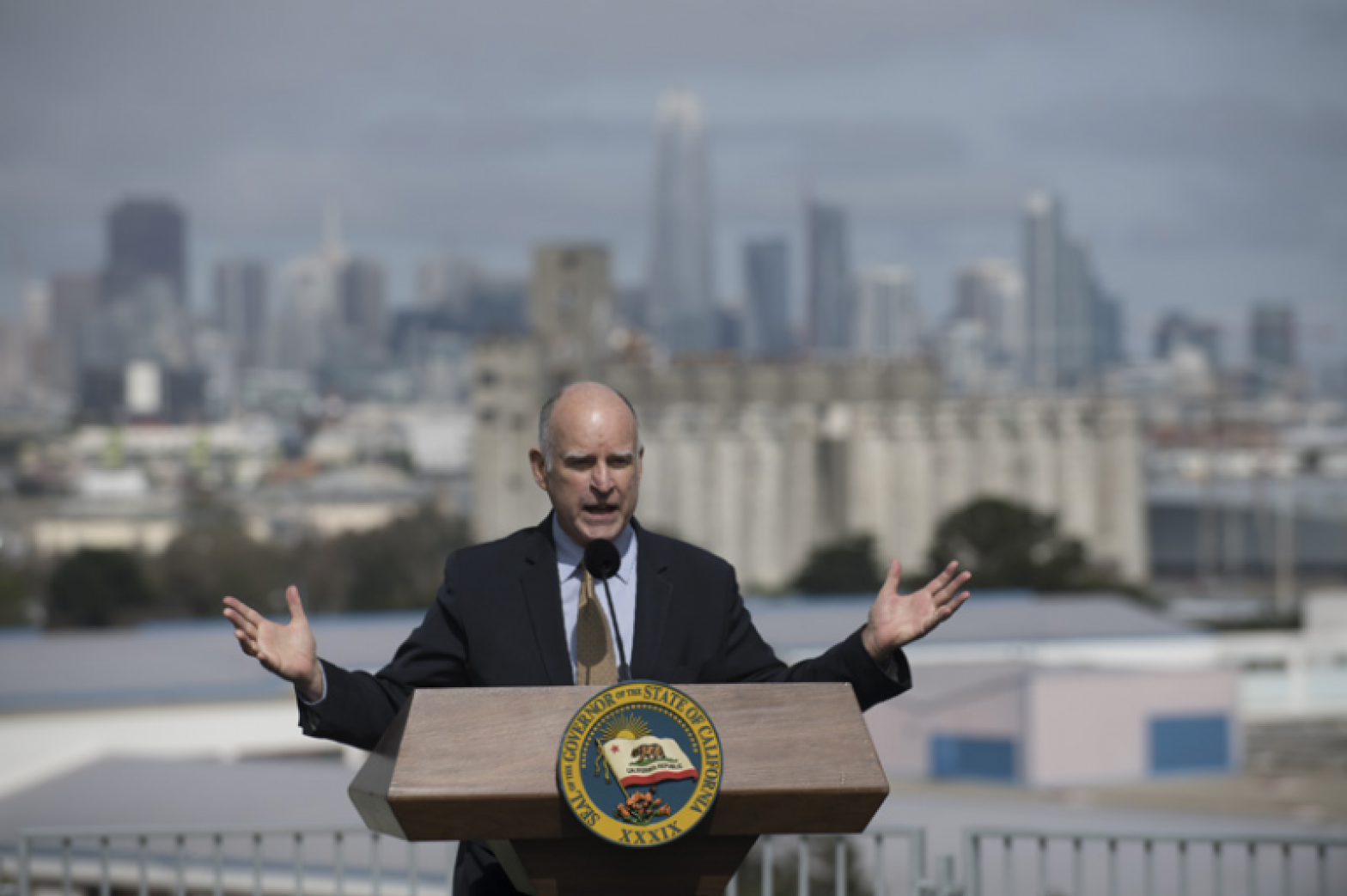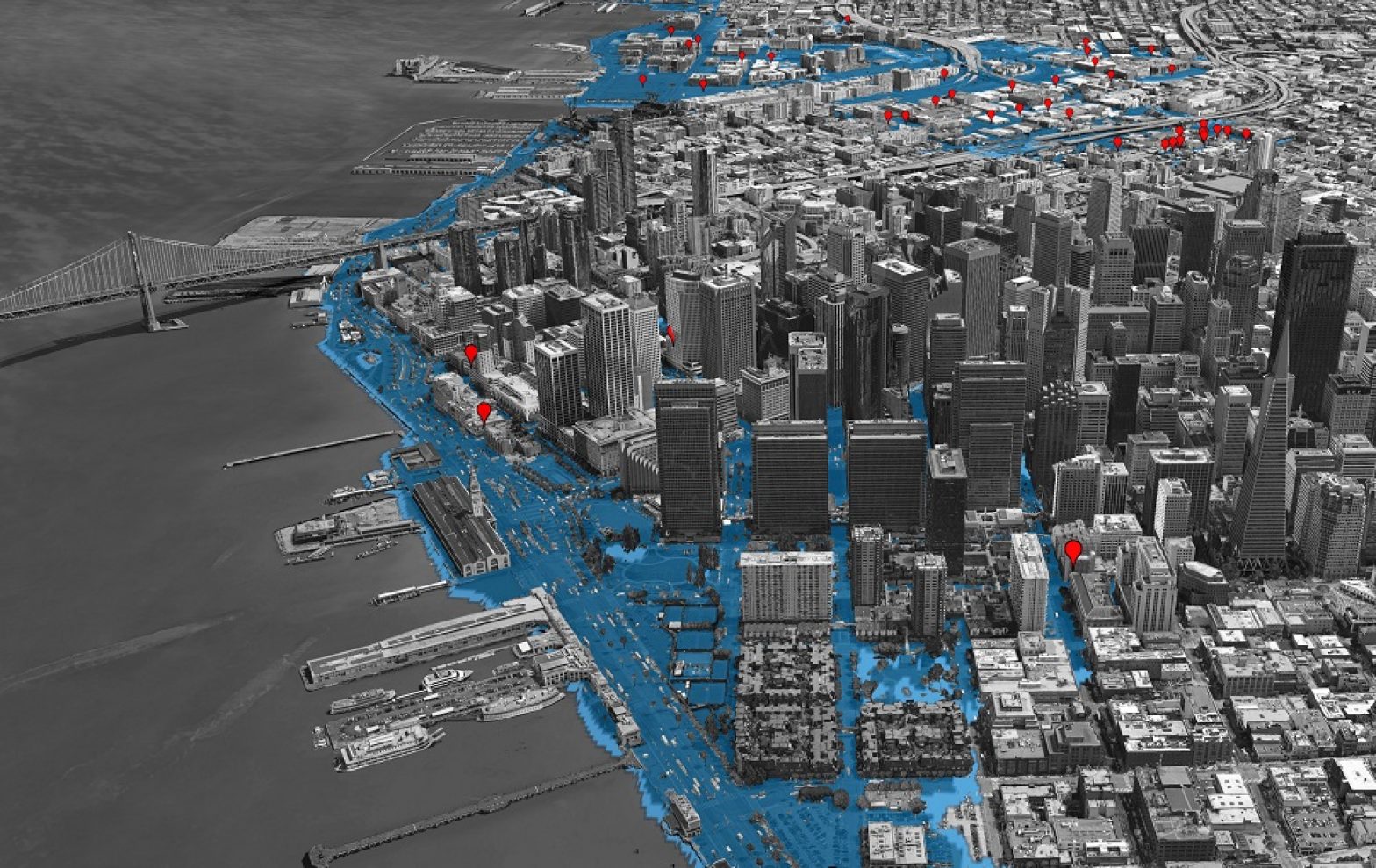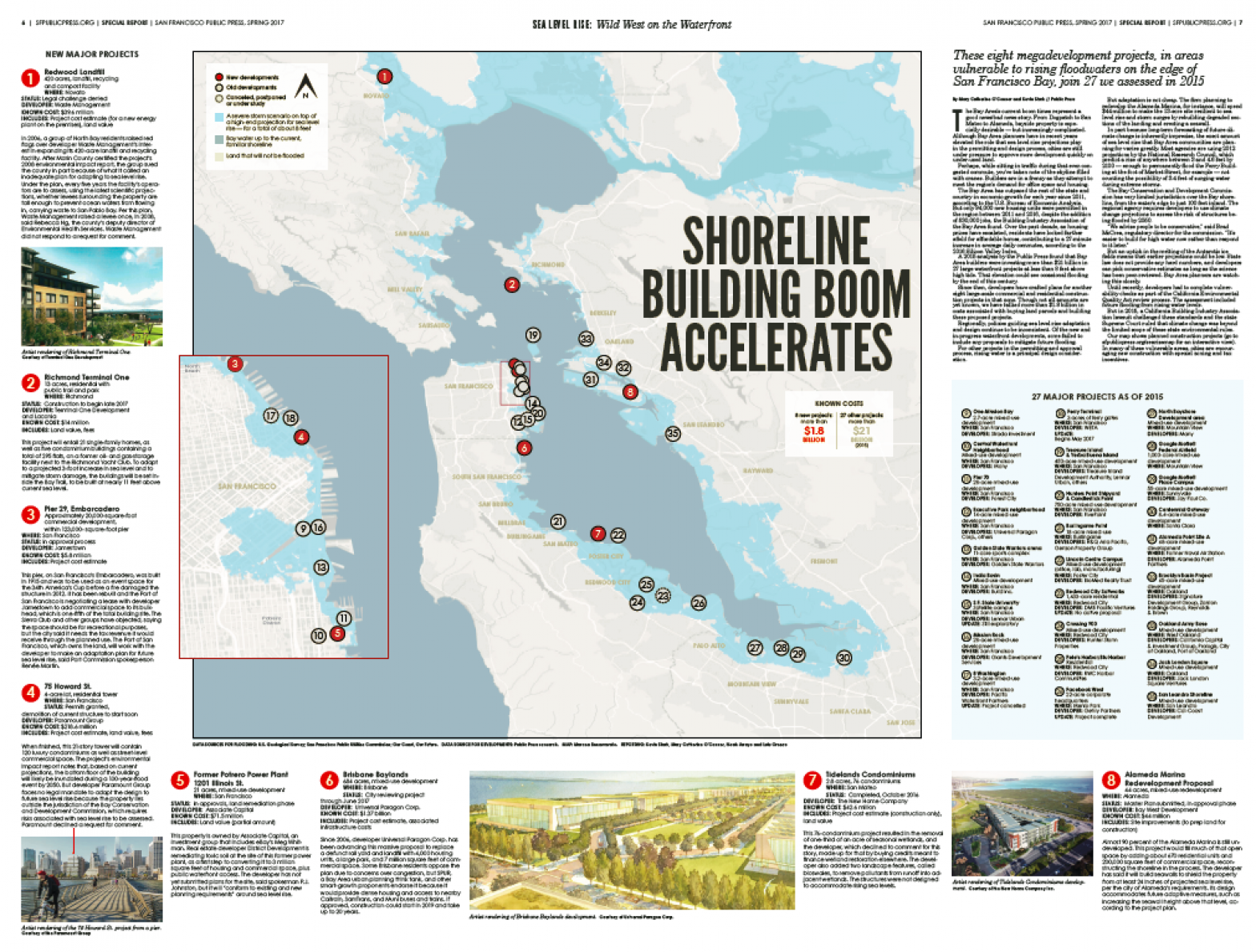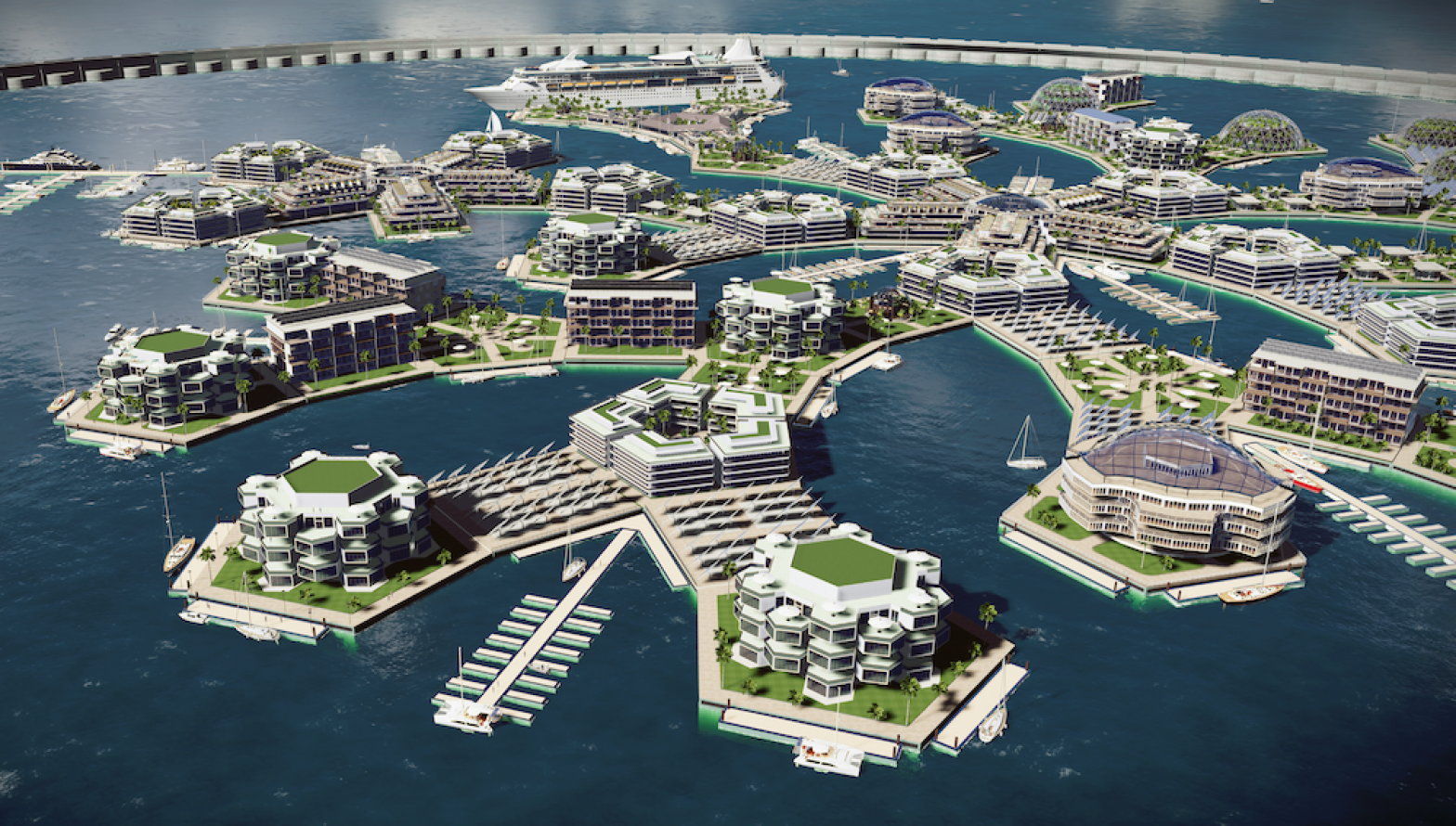Climate Change
Sea Level Rise in S.F. Will Affect More Than the Waterfront
Professor Kristina Hill, of the University of California, Berkeley, outlines how sea level rise is likely to affect San Francisco, the danger posed by toxic waste and how the city could adapt.
“Places that people think are not going to flood because there’ll be a levee or a wall may actually flood as that groundwater comes right up through the surface of the soil.” — Kristina Hill
This story was produced in collaboration with Covering Climate Now. Covering Climate Now is a global journalism initiative committed to bringing more and better coverage to the defining story of our time.
City Hall
Climate Summit Coverage: A Roundup of Links
San Francisco hosted the two-day Global Climate Action Summit at the Moscone Convention Center. We gathered links to articles about the meeting and affiliated events, along with related climate news and research.
Climate Change
State Looking to Require Cities to Plan for Rising Seas
California officials are taking their first, tentative steps toward requiring cities to plan for severe sea level rise that scientists now say could conceivably elevate high tides by up to 22 feet by the middle of the next century. A state-funded study recommends that local planners adopt a risk-averse approach to permitting developments such as hospitals and housing in areas that have even little chance of flooding in the coming decades.
City Hall
Critics See Environmental Threats in State Rule Changes That Speed Housing
Some environmental advocates say long-standing state rules governing soil pollution, traffic congestion and flood control will be weakened by legislation pushed by Democratic lawmakers from San Francisco and signed by Gov. Jerry Brown that will “streamline” land-use regulations to speed housing construction.
City Hall
California’s Push for Affordable Housing Could Weaken Environmental Law
The Legislature’s efforts to ease the housing-affordability crisis could chip away at longstanding protections in the state’s landmark environmental law. Two such bills were introduced by San Francisco lawmakers.
Climate Change
Mapping the Shoreline Building Boom as Seas Rise
The Bay Area’s current boom times represent a good news/bad news story. From Dogpatch to San Mateo to Alameda, bayside property is especially desirable — but increasingly complicated.
Bay Area
Visionary Solutions to Bayfront Inundation
Responding to sea level rise requires actions that fall into three categories: fortify infrastructure, accommodate higher water and retreat from the shoreline. Given the economic and cultural ties Bay Area residents have to the water — retreat is a hard sell.
Climate Change
Local Planners Brace for Faster Antarctic Ice Melt
Across California, policymakers and urban planners at every level of government are struggling with how to respond to new computer models that show massive ice sheets in Antarctica on the brink of collapse.
